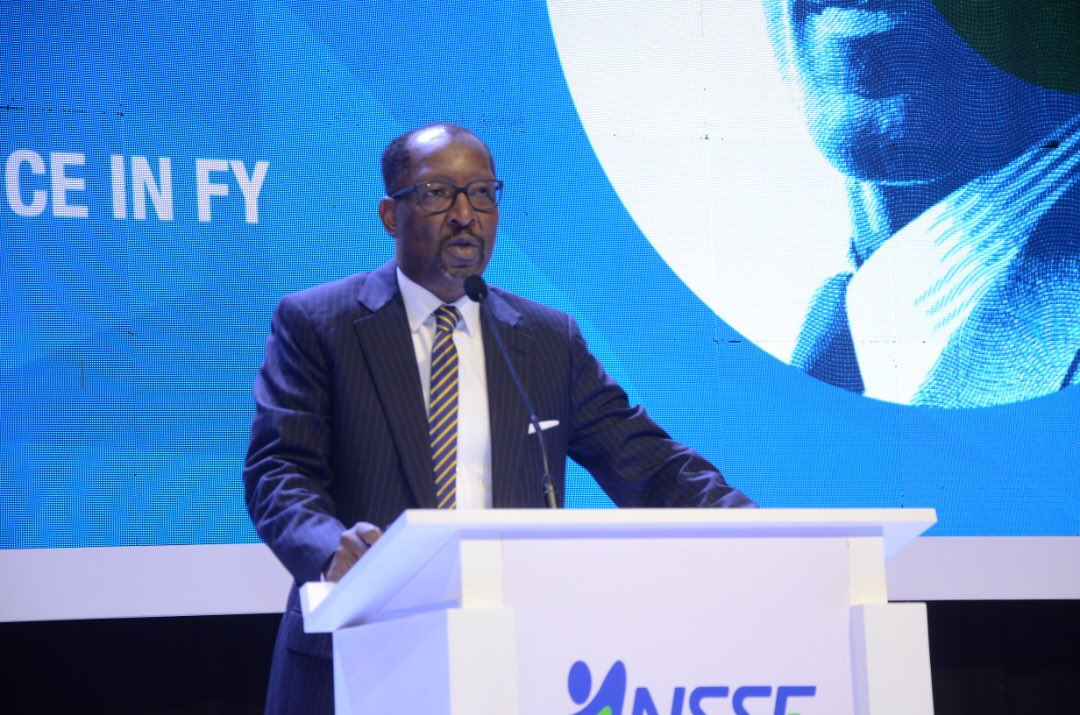UGANDA – Kampala | Real Muloodi News | Although developers have plans to produce low-cost housing, a lack of proper facilities and high land costs are holding housing prices high.
According to The Independant, Uganda has a housing shortage of around 2.1 million homes, with low and middle-income Ugandans being the most in need of what they call “equal standard accommodation.”
For decades, the National Social Security Fund and the National Housing and Construction Company, NH&CC, have attempted to lead the development of housing, especially in and around Kampala. They focus on both high-end and middle-income earners.
NSSF has set aside USh 770 billion for real estate acquisition, earmarking low-cost units in Temangalo and Nsimbe estates.
According to NH&CC, the low-cost houses are essentially self-contained two-bedroom houses with a living room, a shop, and a matching compound.
The NSSF says a low-cost house should be between USh 80 and 100 million each. With the current technology in Uganda, the type of infrastructure, and the cost of land, one cannot get a house at that cost.
In an apologetic tone, Mr. Byarugaba, the Managing Director of NSSF, acknowledged they had failed to live up to Ugandans’ expectations of building low-cost housing.
Currently, the cheapest so-called low-cost house in NSSF-developed estates costs between 120 and 150 million Shillings. According to Byarugaba, infrastructure accounts for 45 per cent of the bill, making the final product exorbitant.
Byarugaba hopes that his attempts to mobilize the private sector for collaborative solutions would bear fruit.
He has invited innovators in various sectors, including IT, architecture, and building materials, to collaborate and create technology that can help reduce costs.
Byarugaba proposes that a developer or landowner provide land for a pilot project to build houses for less than USh 100 million. He claims that people who earn 5 million per month can afford it.
Unfortunately, the rest of NSSF savers collect even less than that, and most retirees receive less than USh 10 million in net benefits.
READ MORE LIKE THIS:



